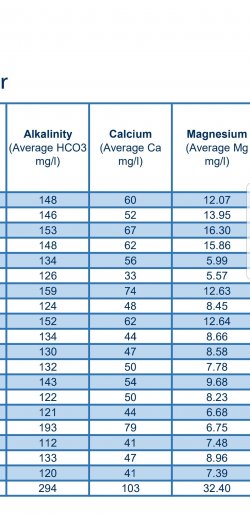Hi,
Looking for stocking ideas for new tank.
Its a 45 gallon (us 53g) measuring (39"x21"x15") in process of cycling.
My other tank is a 29 gallon
(34.5 us) with zebra danio's, cherry barbs, cardinal tetra and panda corys. would like different ideas on other fish and combo's for the new bigger tank.
Any ideas or suggestions would be very welcome.
New tank is well planted with sand substate. Water going off smaller tank will have a ph of 7.4.
Early thoughts on a few ideas are a big school of rummys some bronze/albino corys and some honey gourami's. Not made my mind up tho because theres so much choice lol
Many thanks
Looking for stocking ideas for new tank.
Its a 45 gallon (us 53g) measuring (39"x21"x15") in process of cycling.
My other tank is a 29 gallon
(34.5 us) with zebra danio's, cherry barbs, cardinal tetra and panda corys. would like different ideas on other fish and combo's for the new bigger tank.
Any ideas or suggestions would be very welcome.
New tank is well planted with sand substate. Water going off smaller tank will have a ph of 7.4.
Early thoughts on a few ideas are a big school of rummys some bronze/albino corys and some honey gourami's. Not made my mind up tho because theres so much choice lol
Many thanks




